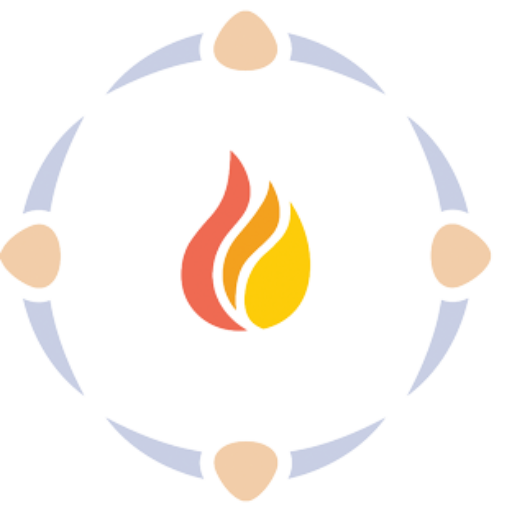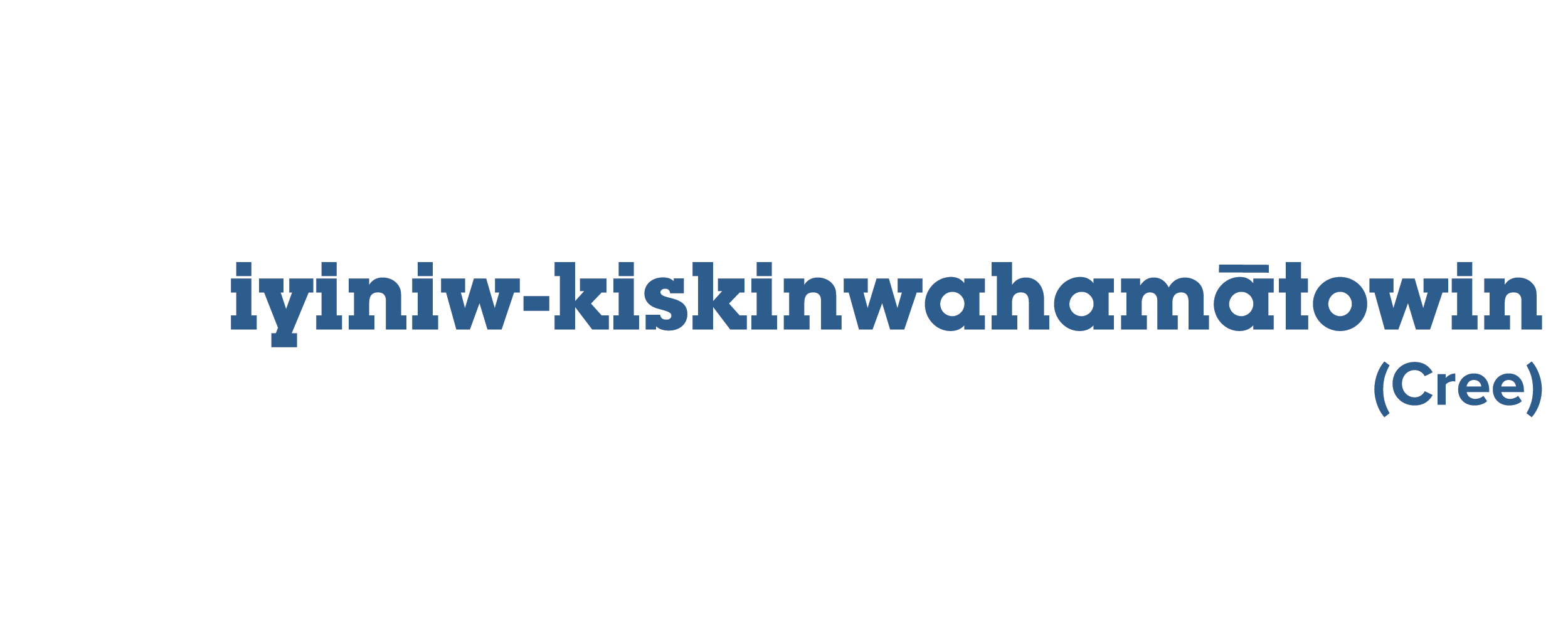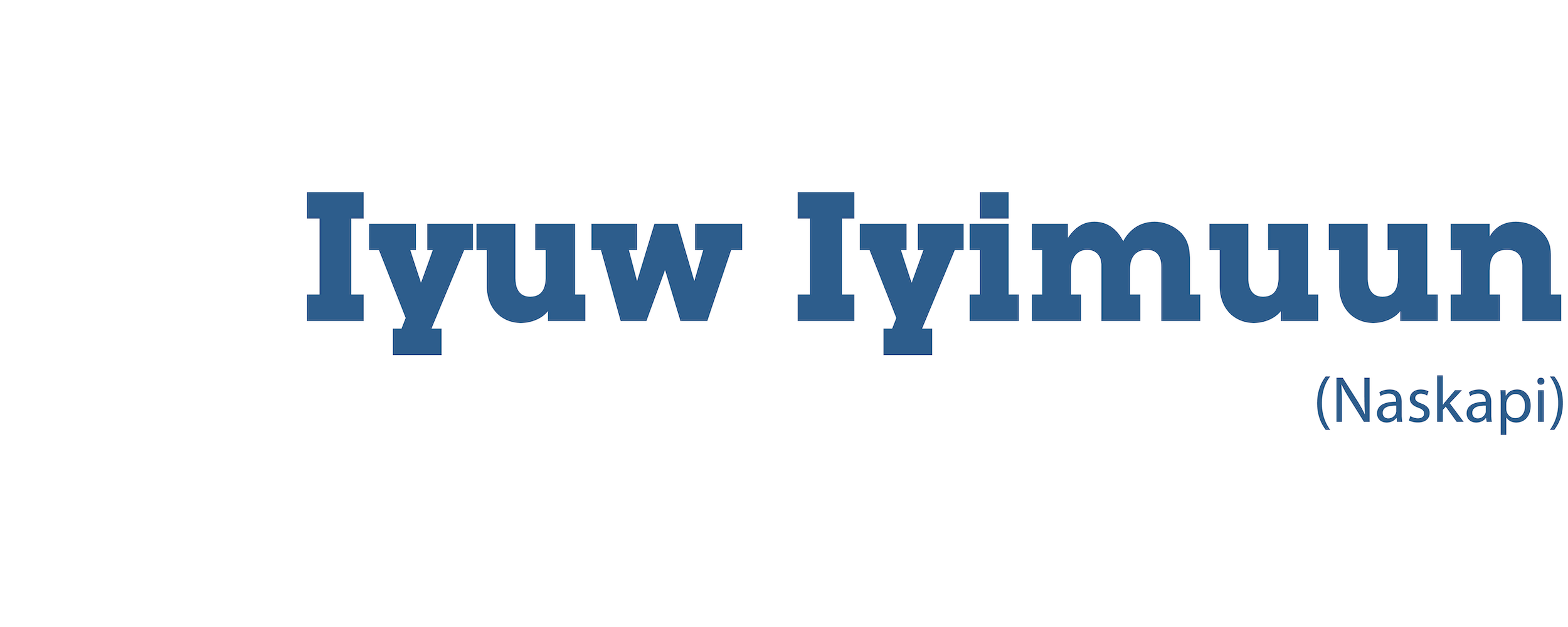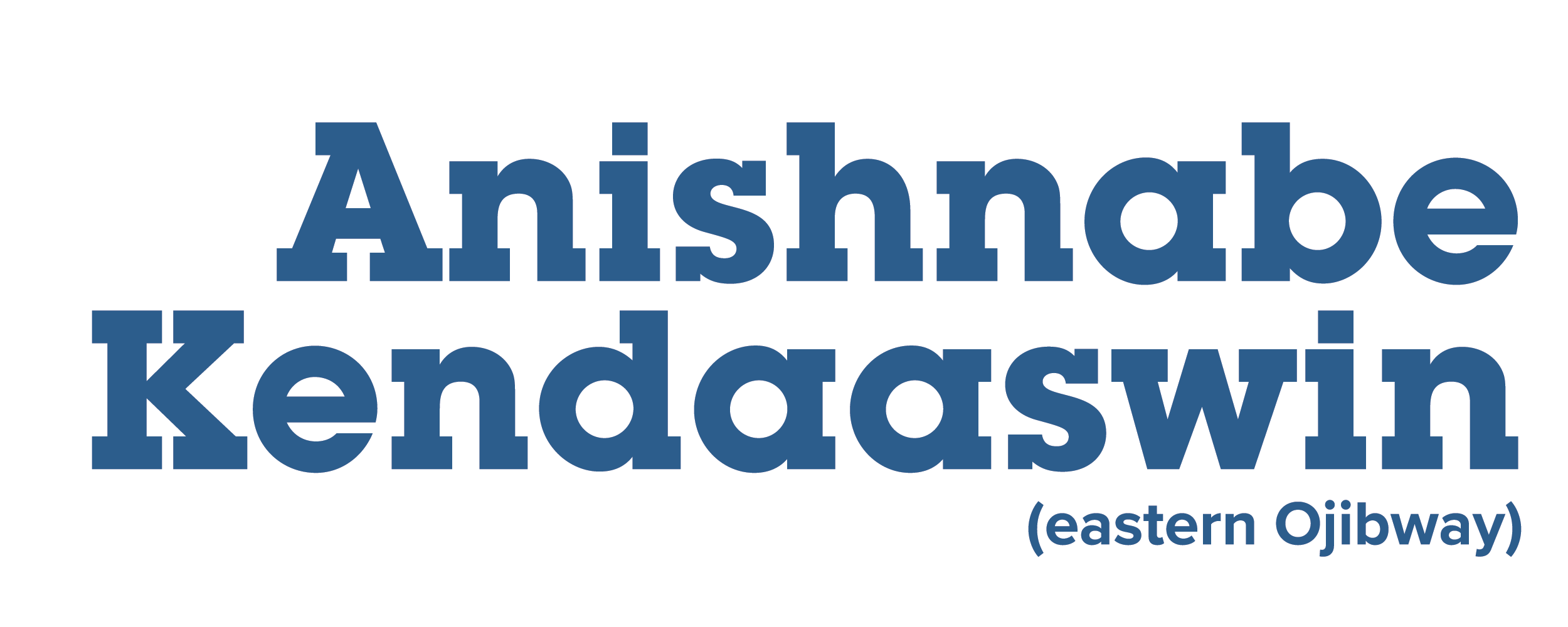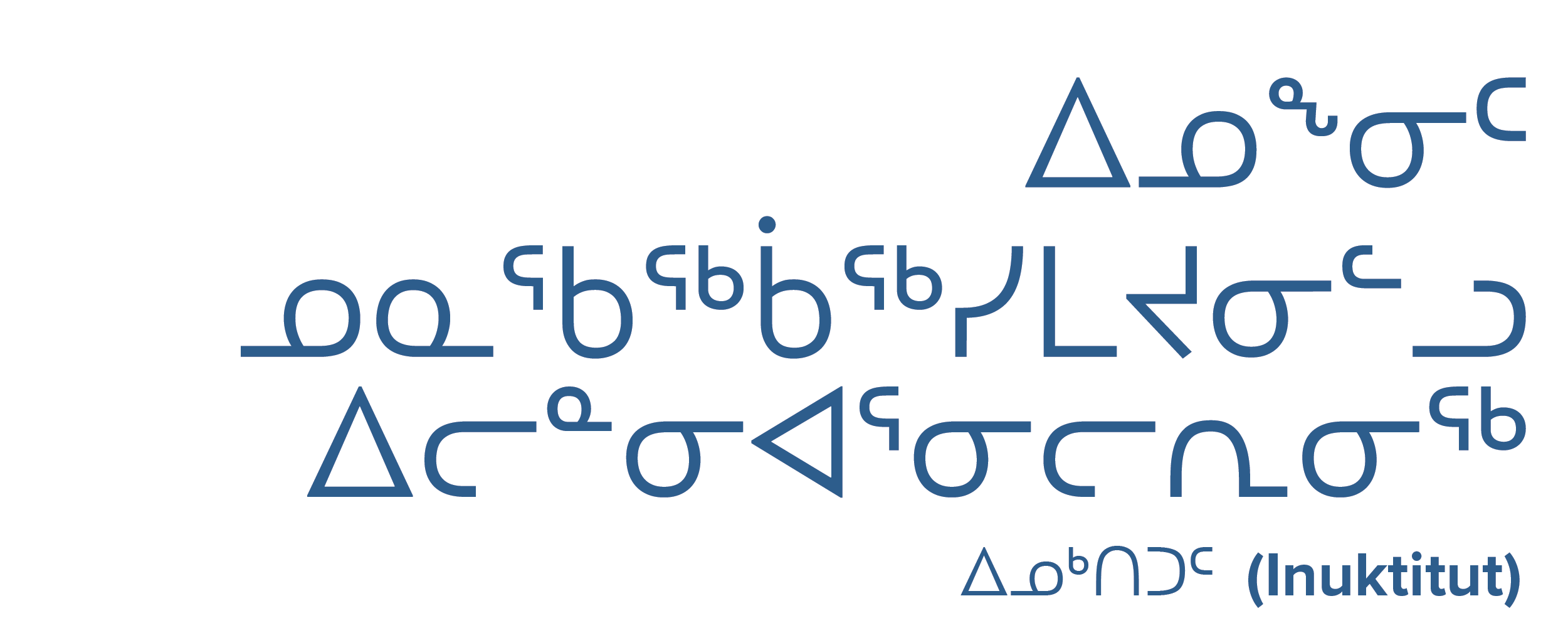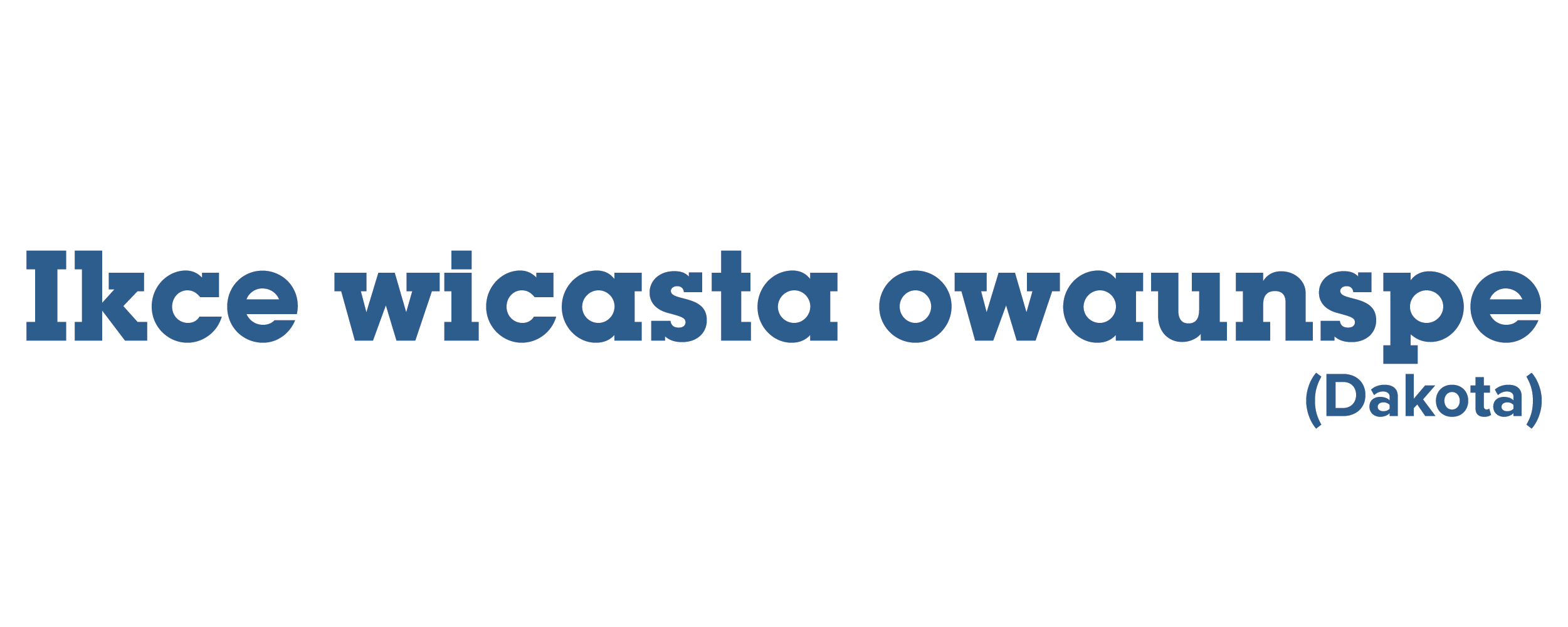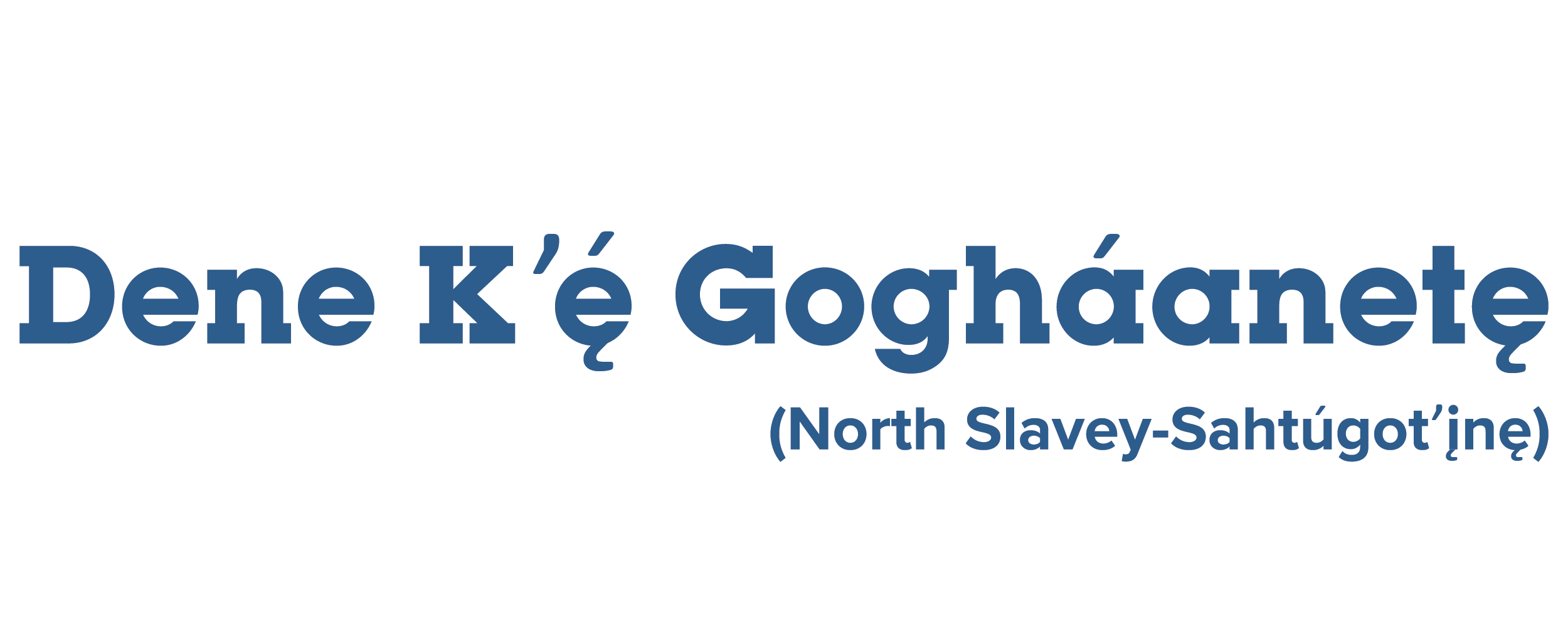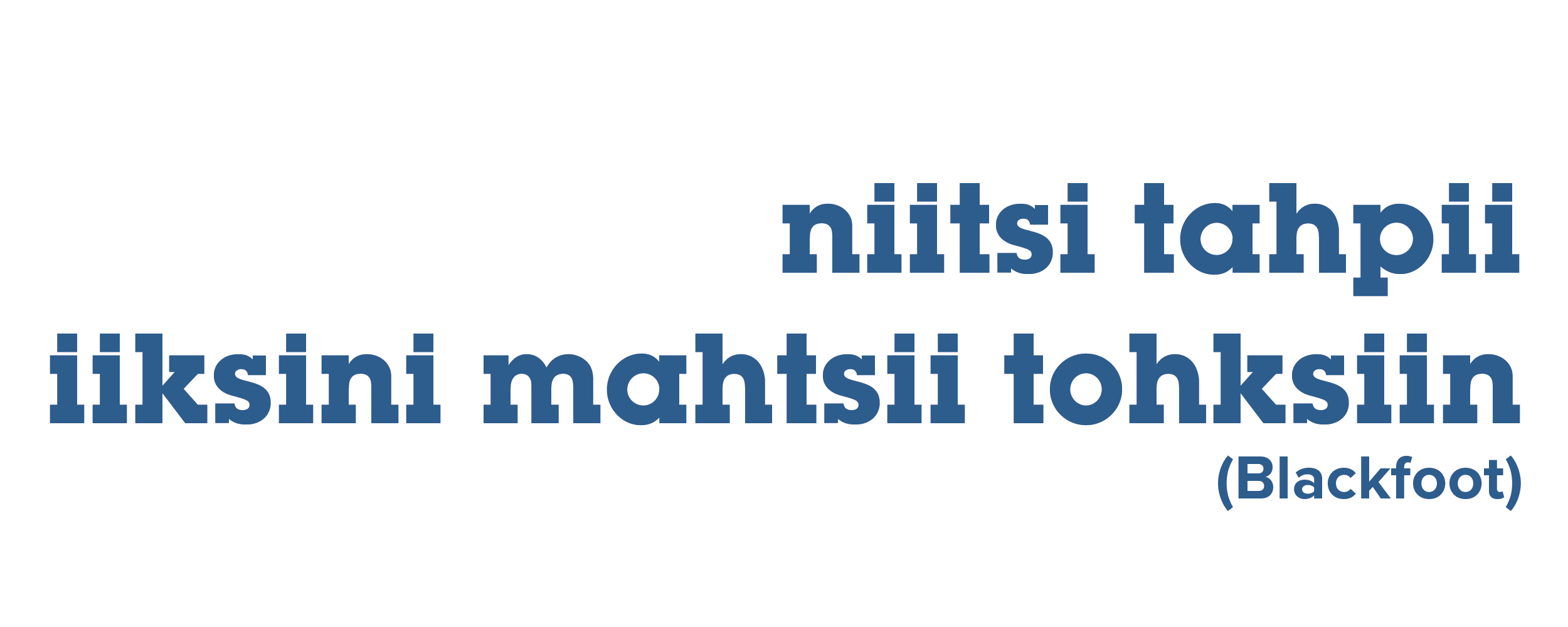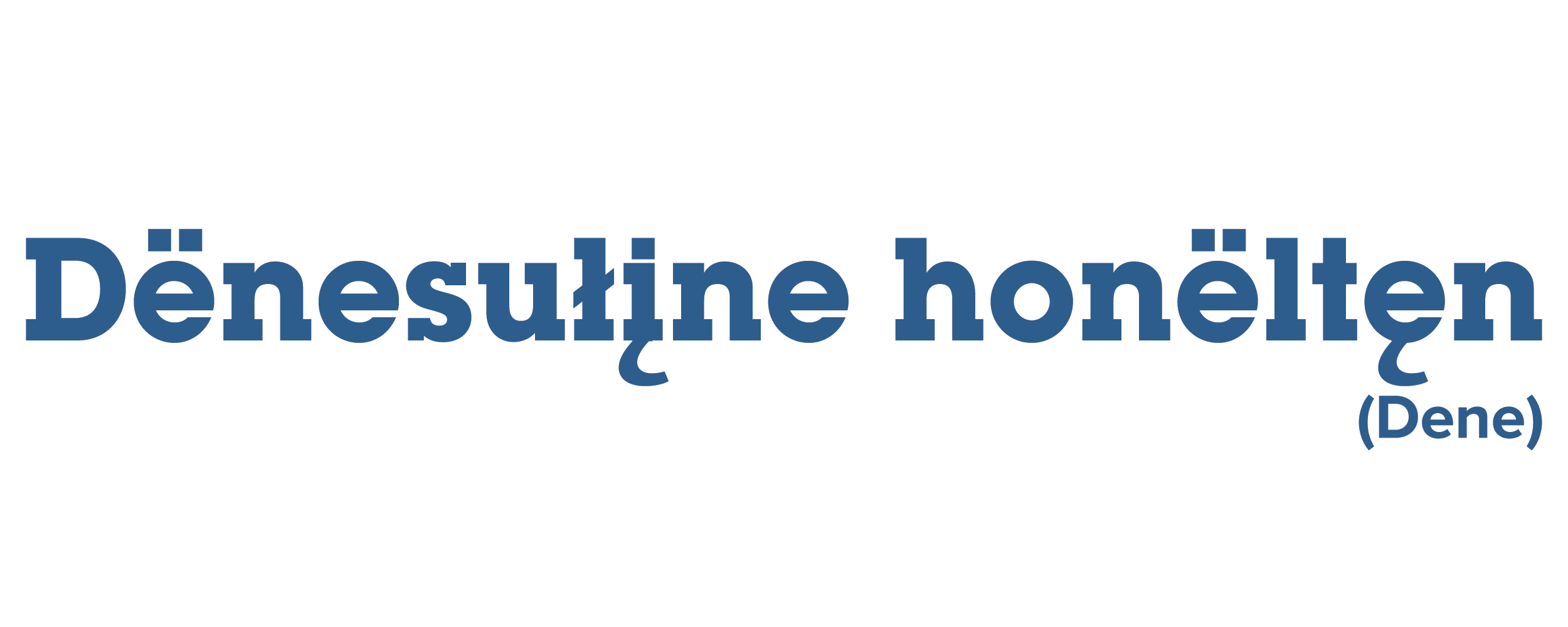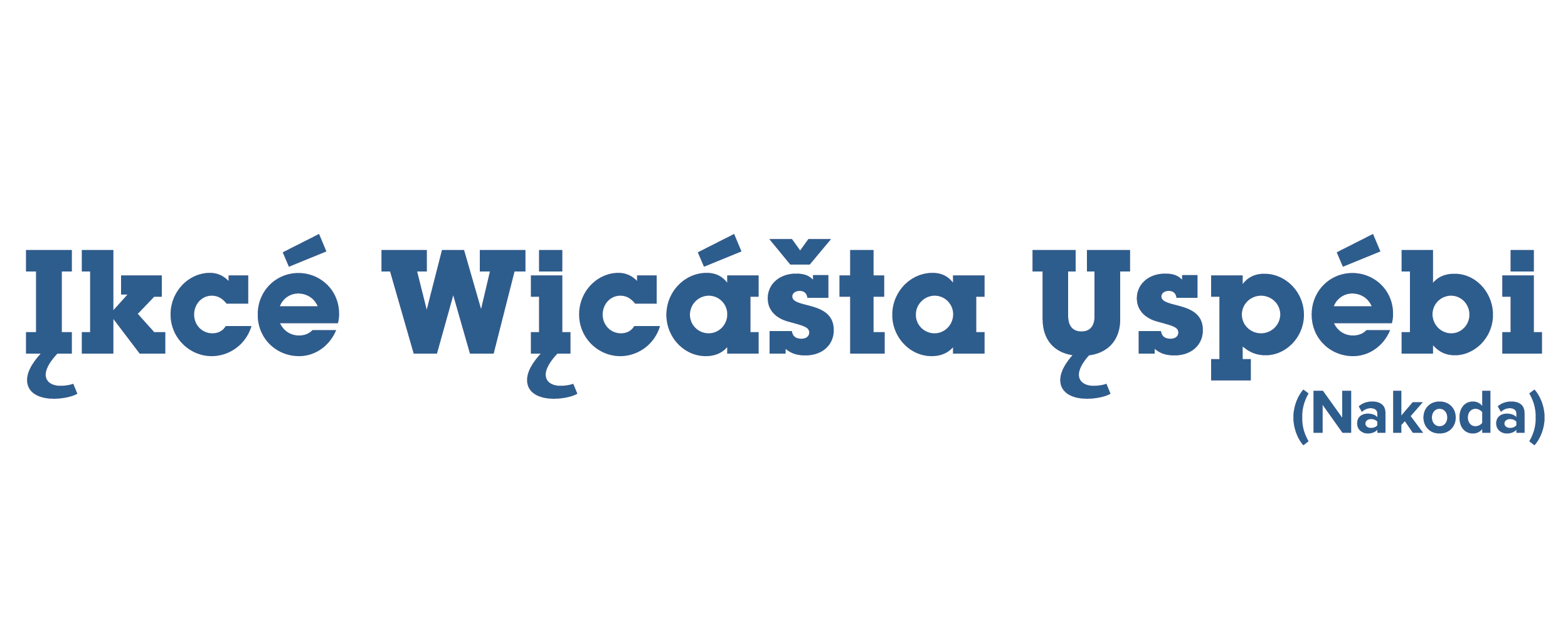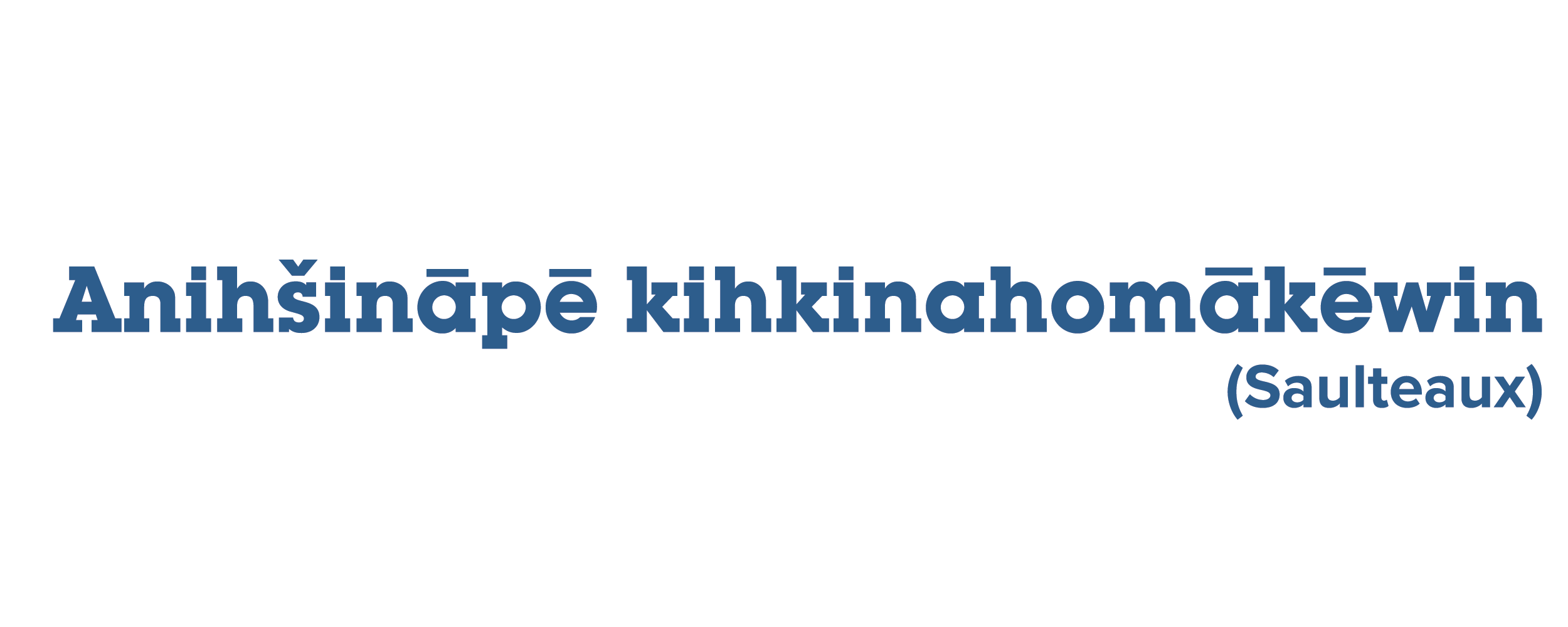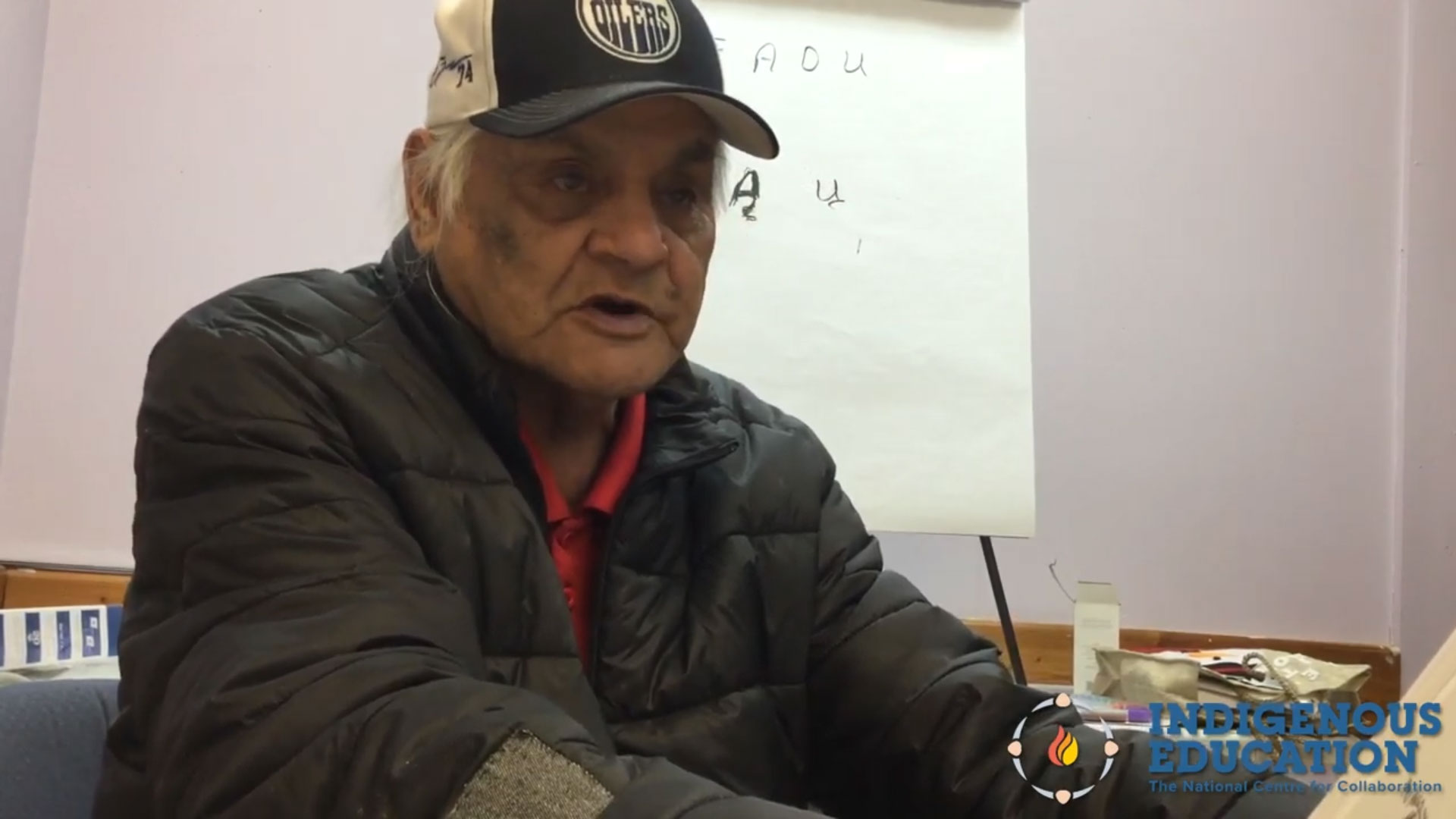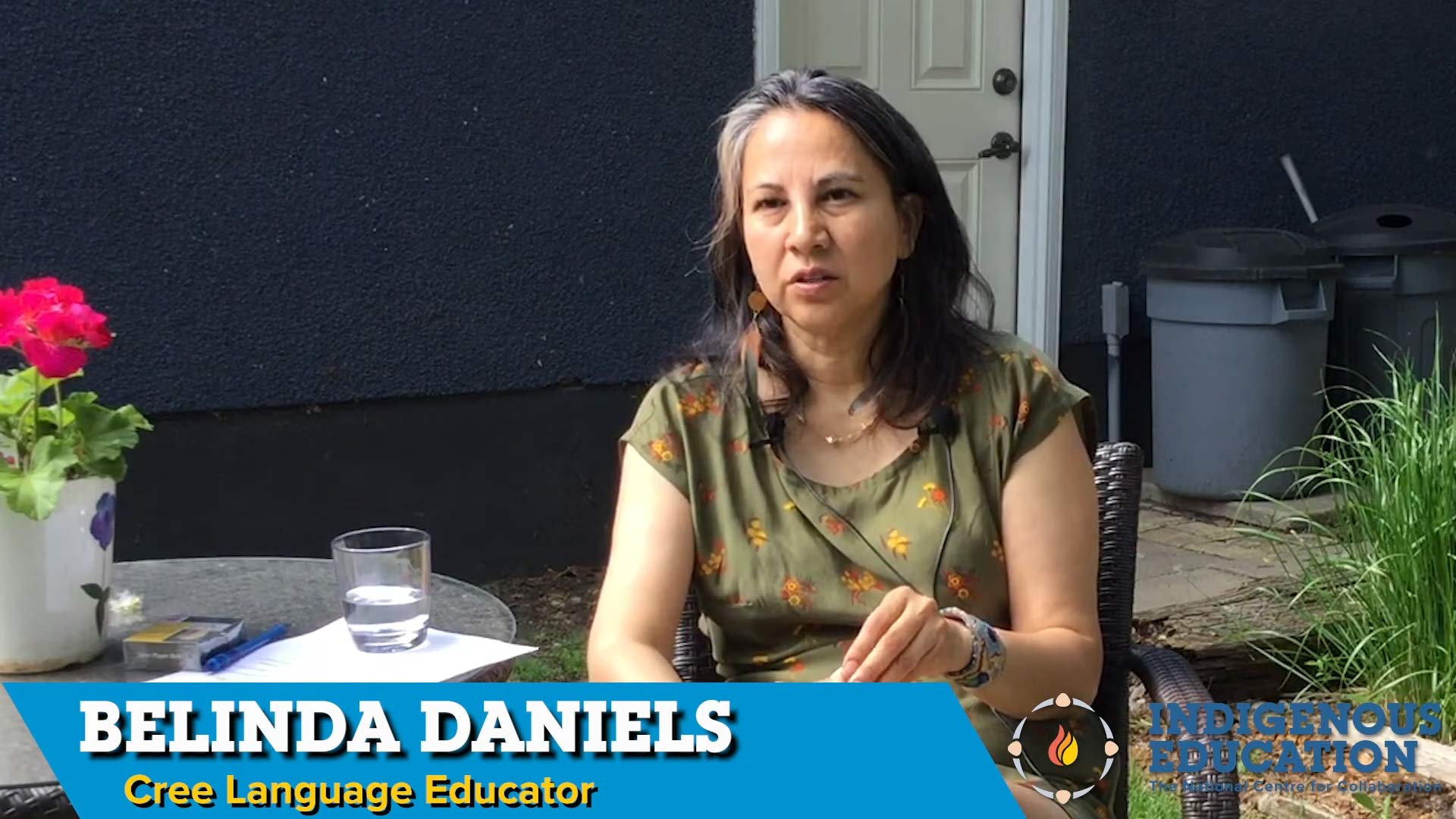Posted on March 30, 2021 by Steffany Salloum
Elder Willie Ermine from Sturgeon Lake First Nation shares about the process of community development and how possibilities like Harvest Days come to fruition in his community.
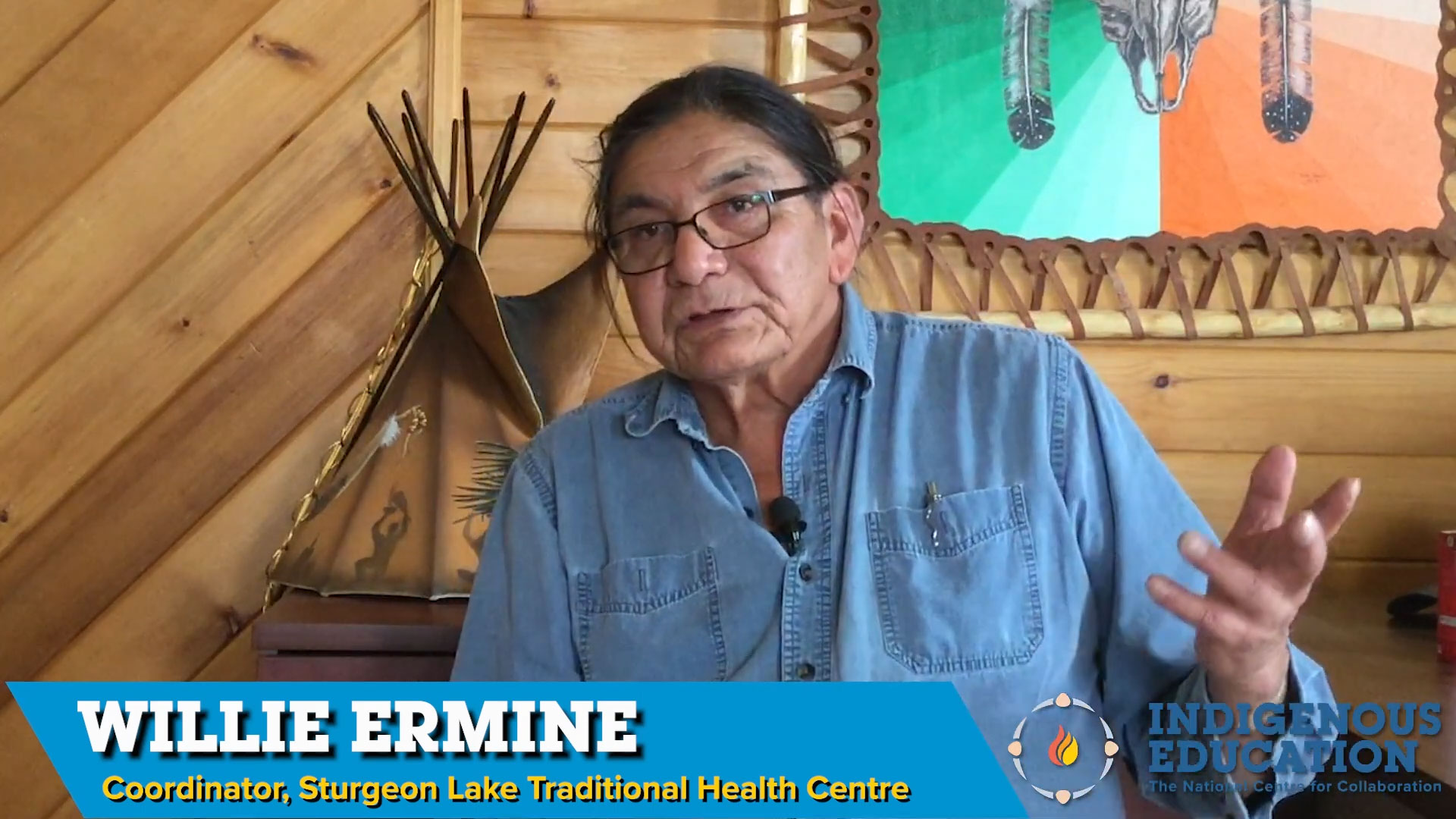
Elder and ceremonialist, Willie Ermine, from Sturgeon Lake First Nation is the Traditional Health Coordinator at the Lloyd Johnson Memorial Healing Lodge. It is through the Elder’s Council and the work of the Healing Lodge that brings Sturgeon Lake community members together. Ermine discusses the history of his community and shares about the uniqueness of community members. The people are special and it is with the gifts of the people that will determine what is possible. By extracting the memory of the community he hopes that community members will see themselves in the history and will find strength in that knowledge.
Case Study: Sturgeon Lake Traditional Health Program
Posted on by Steffany Salloum
Sturgeon Lake First Nation community members reflecting on Harvest Days during the COVID-19 pandemic.
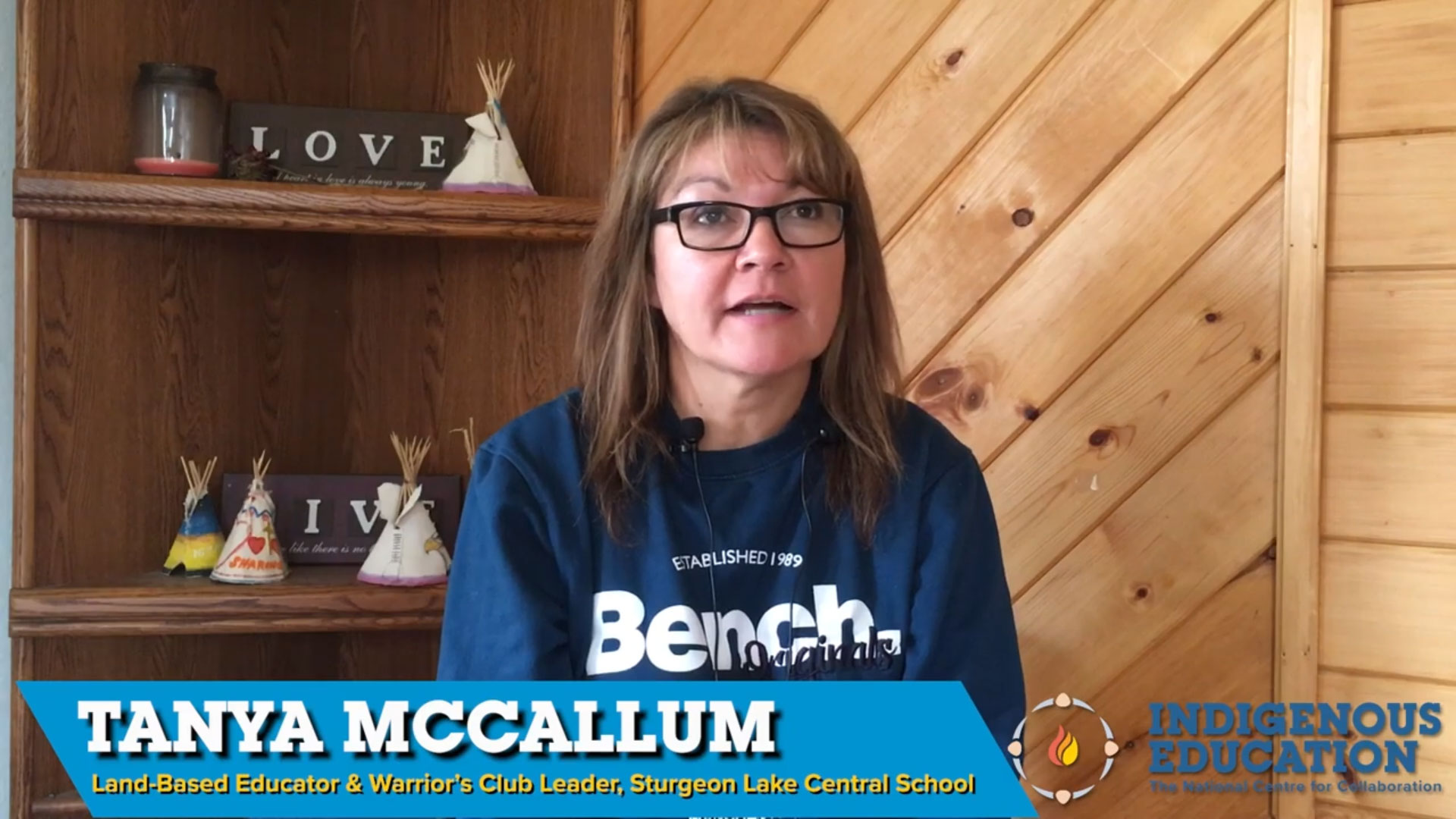
Harvest Days is an example of what is possible – community members came together at the Healing Lodge, over the course of a week, and between young and old, they hunted, fished, picked berries, processed food, prepared medicines and drank pandemic immunity. Their efforts to support their community during a pandemic and their commitment to teaching the youth about land-based learning, community, and traditional health is shown in their food security preparations.
*Disclaimer: This video deals wth the processing of deer, moose, and fish for preservation and has graphic content.
Posted on March 23, 2021 by Gabriel Maracle
Cette vidéo est celle d’une table ronde réunissant des aînés et des enseignants autochtones, qui s’est tenue à l’Université Trent le 23 novembre 2018. Le sujet de la table ronde était l’intégration des savoirs autochtones à l’Académie. Les panélistes ont reconnu que des changements positifs importants ont été apportés à l’Université Trent, comme le nouveau […]
Cette vidéo est celle d’une table ronde réunissant des aînés et des enseignants autochtones, qui s’est tenue à l’Université Trent le 23 novembre 2018. Le sujet de la table ronde était l’intégration des savoirs autochtones à l’Académie. Les panélistes ont reconnu que des changements positifs importants ont été apportés à l’Université Trent, comme le nouveau demi-crédit obligatoire en études autochtones pour tous les étudiants, et l’intégration continue des savoirs autochtones dans le programme de doctorat en études autochtones. Il a également été entendu qu’il faut en faire plus. Parmi les questions soulevées figurent l’intégration d’un plus grand nombre de savoirs autochtones dans l’ensemble de l’université, ce qui inclut un apprentissage ancré davantage sur le territoire, l’utilisation de noms autochtones pour les lieux et les bâtiments, et un soutien financier plus important pour faire venir des aînés autochtones pour enseigner à l’université.
Les participants à la table ronde étaient :
- Doug Williams (Michi Saagiig Nishnaabeg), aîné, directeur des études autochtones, programme de doctorat, Université Trent
- Barbra Wall (Potawatomi), faculté des études autochtones, Université Trent
- Dawn Lavell-Harvard, (Odawa), directrice de la « Maison du savoir » des Premiers Peuples, Université Trent
- Coty Zachariah, (Haudenosaunee), animateur de la table ronde, étudiant à l’Université Trent
Notre gratitude aux Aye Min Latt, Réalisation vidéo.
Cette vidéo est offerte en anglais seulement.
Posted on by Gabriel Maracle
Une table ronde à laquelle ont participé cinq étudiants autochtones s’est tenue à l’Université Trent pour discuter de leurs expériences dans leurs études postsecondaires. Les étudiants ont donné leur avis sur les difficultés rencontrées par les jeunes autochtones pour accéder à l’université et travailler au sein du système d’enseignement postsecondaire. Parmi les thèmes qui ont […]
Une table ronde à laquelle ont participé cinq étudiants autochtones s’est tenue à l’Université Trent pour discuter de leurs expériences dans leurs études postsecondaires. Les étudiants ont donné leur avis sur les difficultés rencontrées par les jeunes autochtones pour accéder à l’université et travailler au sein du système d’enseignement postsecondaire. Parmi les thèmes qui ont émergé de la discussion, citons les difficultés à choisir une discipline, les défis liés à l’admission aux études postsecondaires, l’importance d’un mentor et d’un soutien dans le cadre universitaire, et l’importance de l’apprentissage de la culture et du renforcement de l’identité au cours de leurs études postsecondaires.
Les participants à la table ronde étaient :
• Bobby Henry, Haudenosaunee
• Papatsi Kotierk, Inuit
• Thomas Morningstar, Anishinaabeg
• Amy Shawanda , Anishiaabeg
• Coty Zachariah, Haudenosaunee
• Gabriel Maracle, Haudenosaunee (Animateur)
Notre gratitude aux Aye Min Latt, Réalisation vidéo.
Cette vidéo est offerte en anglais seulement.
Posted on February 3, 2021 by Steffany Salloum
The resilience of the buffalo is in our blood and we must re-learn and remember our relationship with the buffalo.
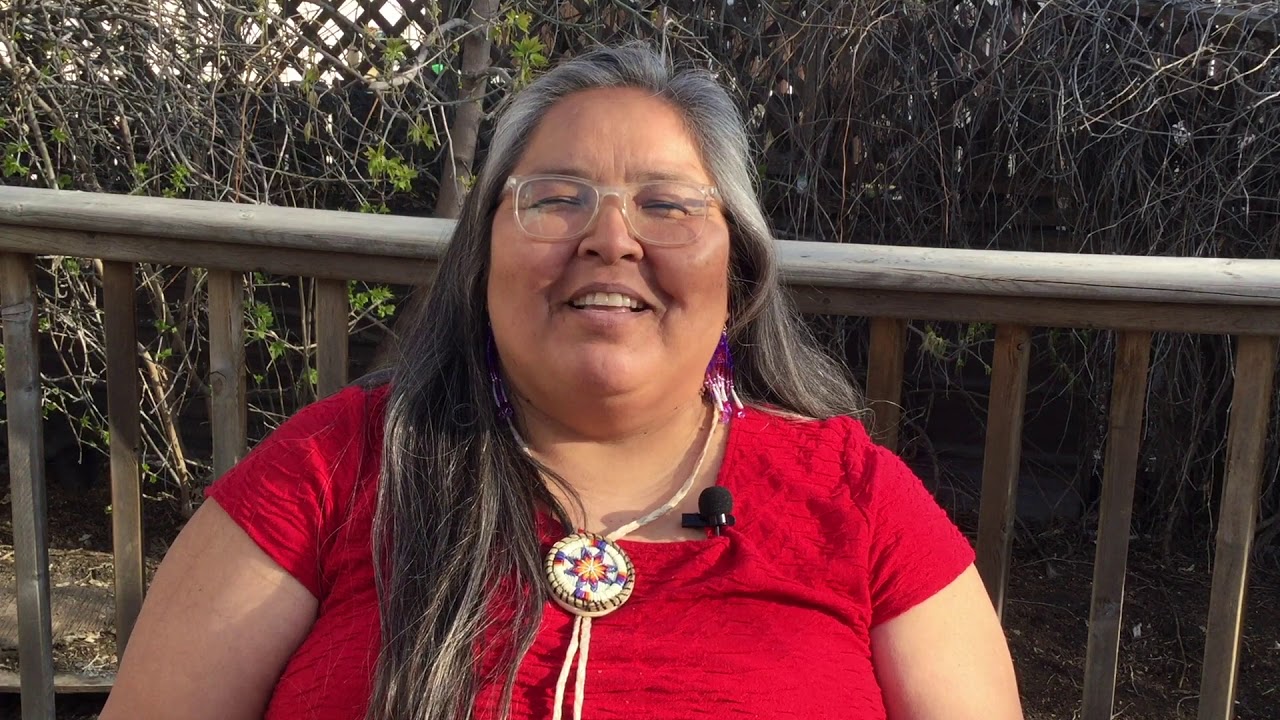
Joely BigEagle-Kequahtooway and Lorne Kequahtooway are artists and leaders behind the Buffalo People Arts Institute (BPAI). Founded in 2015, BPAI became a non-profit organization whose mission is to share traditional Indigenous teachings and knowledge in order to raise social consciousness and create awareness of the power and strength drawn from blood memory and our connection to the buffalo.
In collaboration with NCCIE and Common Weal, BPAI documents the process of and teachings about buffalo hide tanning. This series of stories entitled, Buffalo Hide Tanning and Teachings, takes you on a journey of exploring connection to the buffalo while also reflecting on the social and historical realities of the buffalo and the people who rely on its survival.
Posted on by Steffany Salloum
In Part 2 of the series, Lorne shares his knowledge about and models making a buffalo bone scraping tool used on buffalo hides.
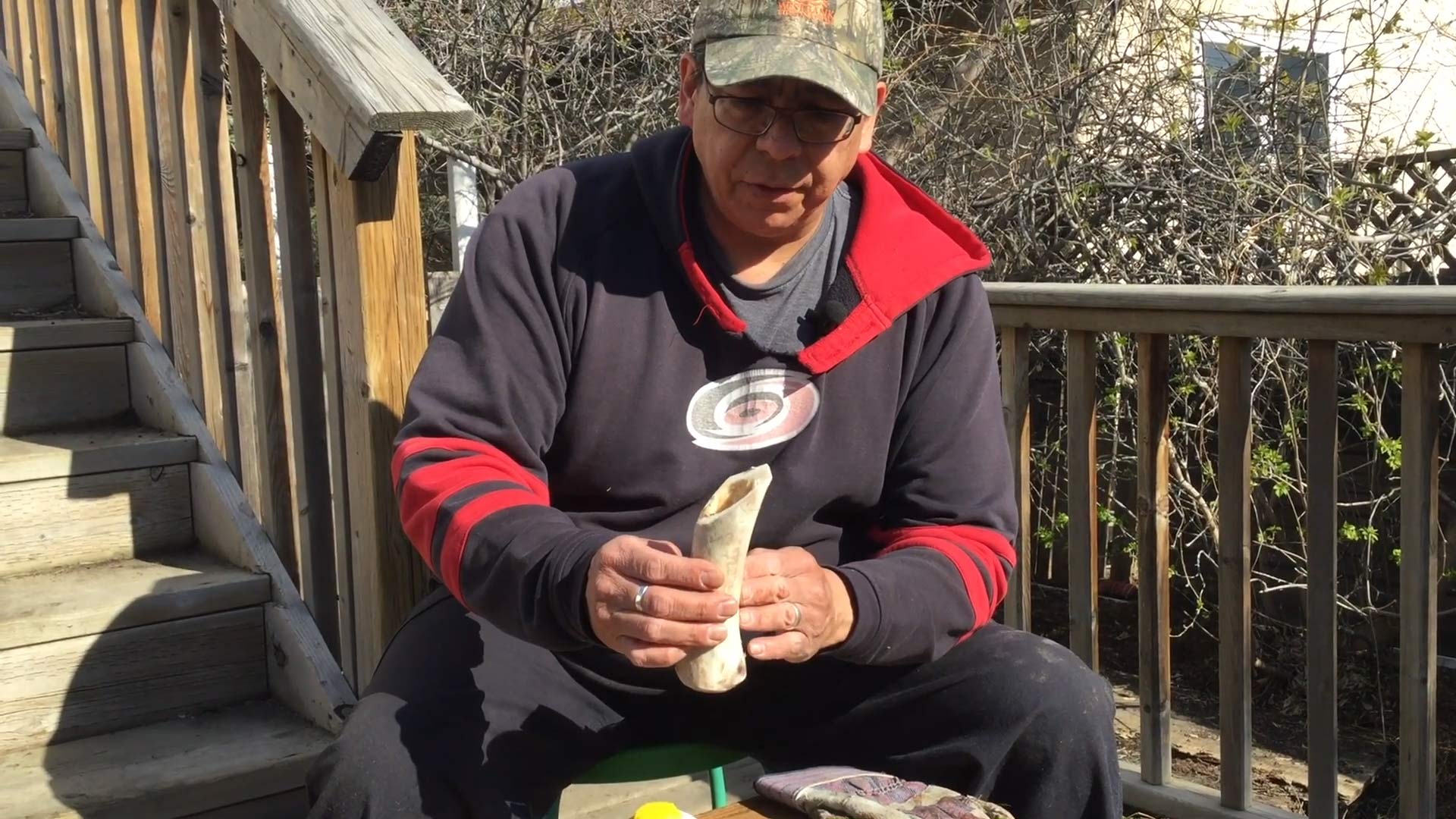
Lorne Kequahtooway walks the audience through a demonstration of traditional tool making while discussing the history of the tools. The first steps in making a buffalo or moose bone scraping tool is to boil the bones and remove any meat or fat left on the bone. Once the bone dries there may be hair or skin on the bone that needs to be removed. Then, the edge of the bone needs to be cut at a 60 degree angle with grooves cut into the angled edge creating a serrated edge. The serrated edge is filed and sharpened which allows for a more efficient hide scraping. The last step of this process involves drilling a hole through the bone to install a leather loop handle.
Joely BigEagle-Kequahtooway and Lorne Kequahtooway are artists and leaders behind the Buffalo People Arts Institute (BPAI). Founded in 2015, BPAI became a non-profit organization whose mission is to share traditional Indigenous teachings and knowledge in order to raise social consciousness and create awareness of the power and strength drawn from blood memory and our connection to the buffalo.
In collaboration with NCCIE and Common Weal, BPAI documents the process of and teachings about buffalo hide tanning. This series of stories entitled, Buffalo Hide Tanning and Teachings, takes you on a journey of exploring connection to the buffalo while also reflecting on the social and historical realities of the buffalo and the people who rely on its survival.
Posted on by Steffany Salloum
In Part 3 of the series, the Buffalo People Arts Institute prepare the buffalo hide for scraping.
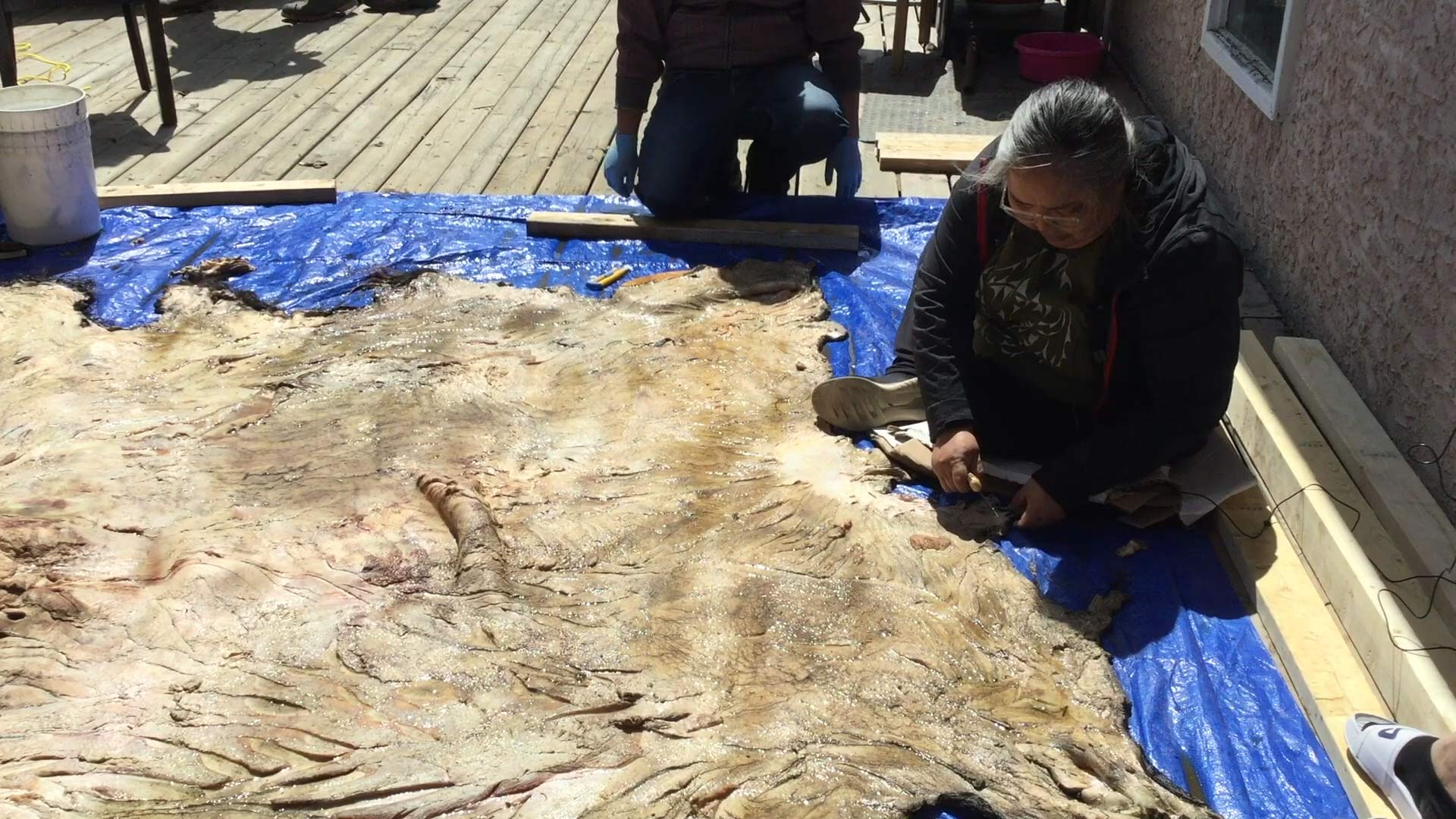
A lot of work goes into preparing the buffalo hide for scraping. First, you start by spreading out the hide and washing it, keeping it wet so it doesn’t dry out and harden. Before working on the hide it is important to smudge and pray for the hide, to work with it in a good way. It is important to remain open to the teachings of the hide and reflect while you are working on it. Then, in order to string up the hide it needs many holes cut into the edges of the hide. In order to make the holes it is important to cut the fat off from around the edges before it is strung up, otherwise it becomes too difficult scraping around the rope and holes. After the crew is done scraping around the edge and the holes are made, they can begin to make the 10×10 frame with which the hide will be tied to and strung up so that they can begin scraping.
Joely BigEagle-Kequahtooway and Lorne Kequahtooway are artists and leaders behind the Buffalo People Arts Institute (BPAI). Founded in 2015, BPAI became a non-profit organization whose mission is to share traditional Indigenous teachings and knowledge in order to raise social consciousness and create awareness of the power and strength drawn from blood memory and our connection to the buffalo.
In collaboration with NCCIE and Common Weal, BPAI documents the process of and teachings about buffalo hide tanning. This series of stories entitled, Buffalo Hide Tanning and Teachings, takes you on a journey of exploring connection to the buffalo while also reflecting on the social and historical realities of the buffalo and the people who rely on its survival.
Posted on by Steffany Salloum
In Part 4 of the series, the Buffalo People Arts Institute demonstrate hide scraping tips and techniques.
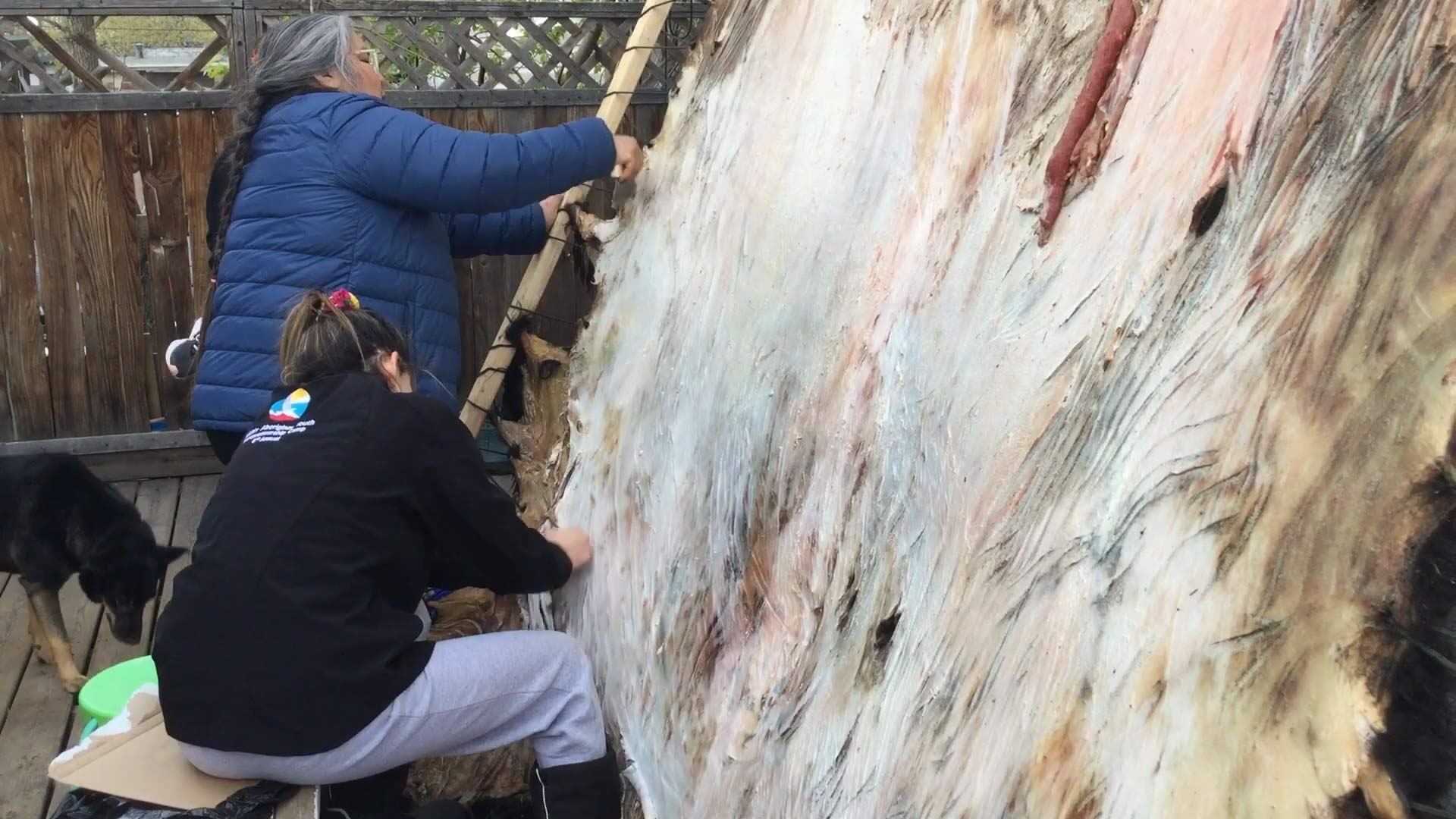
The meditative act of scraping a buffalo hide activates and re-awakens who we are through both physical and spiritual memories in our hearts and minds. As we do this work, we remember that our ancestors were trained from a young age to do this work and by knowing this we feel connected to them. We do this work together and are committed to seeing it through which bonds us as women. Joely BigEagle-Kequahtooway explains, “just like the buffalo we have made it through the dark times of colonization, and now we have to do this hard work to make it through the next parts.” For BigEagle-Kequahtooway, the buffalo feeds her spirit and by doing this work it makes her spirit happy – one lesson is to take actions that feed your spirit.
Joely BigEagle-Kequahtooway and Lorne Kequahtooway are artists and leaders behind the Buffalo People Arts Institute (BPAI). Founded in 2015, BPAI became a non-profit organization whose mission is to share traditional Indigenous teachings and knowledge in order to raise social consciousness and create awareness of the power and strength drawn from blood memory and our connection to the buffalo.
In collaboration with NCCIE and Common Weal, BPAI documents the process of and teachings about buffalo hide tanning. This series of stories entitled, Buffalo Hide Tanning and Teachings, takes you on a journey of exploring connection to the buffalo while also reflecting on the social and historical realities of the buffalo and the people who rely on its survival.
